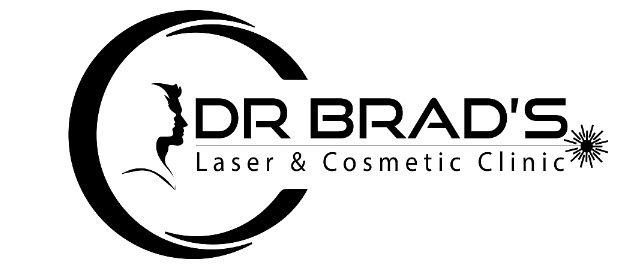**Understanding Excessive Ear Wax**
Excessive ear wax, also known as cerumen, plays a vital role in ear health by providing a protective barrier against dirt, debris, and infections. However, when it accumulates in large quantities, it can lead to a variety of **risks** that might affect your hearing and overall comfort. Many people underestimate the importance of managing ear wax effectively, leading to potential complications that might require professional intervention.
**The Risks of Accumulation**
When ear wax builds up excessively, it can cause a range of issues. First and foremost, one of the most common symptoms is **hearing loss**. You might notice that sounds seem muffled, or you may have to turn up the volume on your television or music more than usual. This can be particularly frustrating and may lead to social withdrawal for some individuals.
Imagine a situation where you’re trying to concentrate in a meeting, but the noises around you seem oddly distant—this could potentially stem from excessive ear wax blocking sound waves from reaching your eardrum!
Another risk of a wax buildup is **ear infections**. Too much ear wax can attract bacteria, leading to infections that cause discomfort, pain, and potentially more severe health issues if left untreated. The more you delay addressing this condition, the more likely you are to face earaches or other complications.
Moreover, you must consider that the pressure created by accumulated ear wax might create a sensation of fullness, dizziness, or even tinnitus – that persistent ringing in your ears. These symptoms can undoubtedly interfere with daily functioning and quality of life.
**How to Manage Excessive Ear Wax Safely**
Managing excessive ear wax should primarily focus on safe practices that prevent further accumulation and allow for minimal discomfort. First and foremost, it is essential to understand that inserting cotton swabs or other objects into your ears can push wax deeper, potentially leading to blockages or perforated eardrums. Instead, consider these safer methods:
1. **Regular Cleaning**: Practising good ear hygiene can be immensely beneficial. A gentle wipe with a warm cloth during your regular showering regimen can help keep your ear canal clean without the risk of pushing wax further inside.
2. **Over-the-Counter Solutions**: Several gentle ear drops are available at pharmacies designed to soften ear wax. However, it’s essential to follow the instructions carefully and consult with a healthcare professional if you’re unsure about their use.
3. **Hydration and Diet**: Staying hydrated and maintaining a balanced diet may also influence your body’s natural processes, including ear wax production. Foods rich in Omega-3 fatty acids can keep your body well-nourished and assist in overall wellness.
4. **Regular Check-ups**: If you are prone to excessive ear wax, consider scheduling regular check-ups. These visits allow a healthcare professional to assess your ear health and address any concerns before they escalate into significant issues. If you need a professional, **private ear wax syringing in Bristol** is an excellent option to explore.
**The Role of Professional Care**
While you can adopt several safe practices at home, sometimes, the best approach is to seek help from an expert. Dr. Brad, a practising GP and ear wax removal specialist, offers **microsuction** as the safest and most effective method for ear wax removal. Not only does this technique provide a precise and gentle way to clear out your ears, but it also eliminates the risks associated with other methods like ear syringing, which can sometimes lead to discomfort or complications.
Microsuction allows Dr. Brad to visually assess your ear health while skilfully removing wax. Picture this: you’re sitting comfortably, knowing you’re in experienced hands, and within moments, the excessive ear wax that’s been bothering you is cleared away. Patients often leave feeling relieved and elated, regaining their clarity of sound without the worry of residual wax.
A patient recently shared with me how they had grown accustomed to their hearing difficulties, mistakenly believing it was a natural part of aging. After a rapid microsuction session with Dr. Brad, they couldn’t believe how much they’d been missing out on – from the sounds of laughter to their favourite music!
**Avoiding Ineffective Treatments**
Many people may consider using techniques like **ear candling** to manage ear wax. However, Dr. Brad strongly advises against this method due to its lack of effectiveness and potential for harm. Ear candling can lead to burns or wax deposits in your ear canal, creating more extensive problems. It’s essential to choose methods that are both safe and backed by evidence, such as microsuction.
**Conclusion**
Managing excessive ear wax requires awareness of its **risks** and the implementation of safe practices. Adopting a proactive approach can help you maintain optimal ear health and enjoy an improved quality of life. For those situations where professional intervention is necessary, consider the benefits of choosing an experienced expert like Dr. Brad. His focus on microsuction guarantees a safe, efficient, and comfortable experience.
This article does not constitute medical advice. Please book with Dr Brad for a formal opinion.
